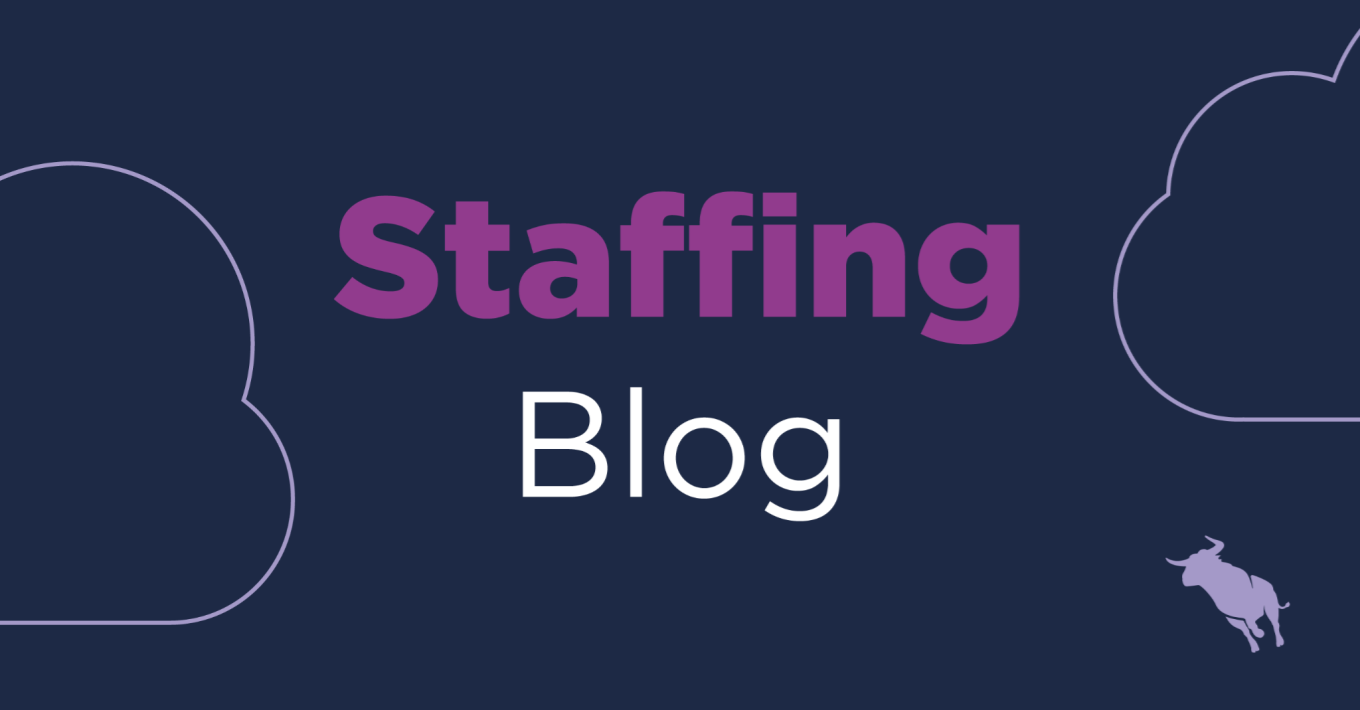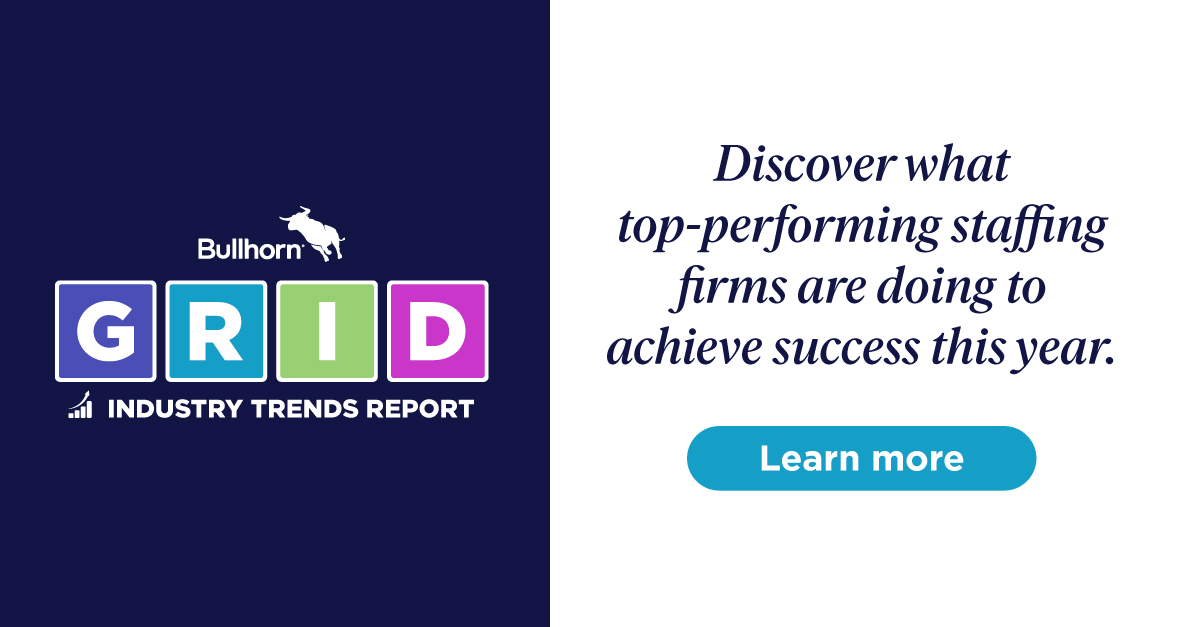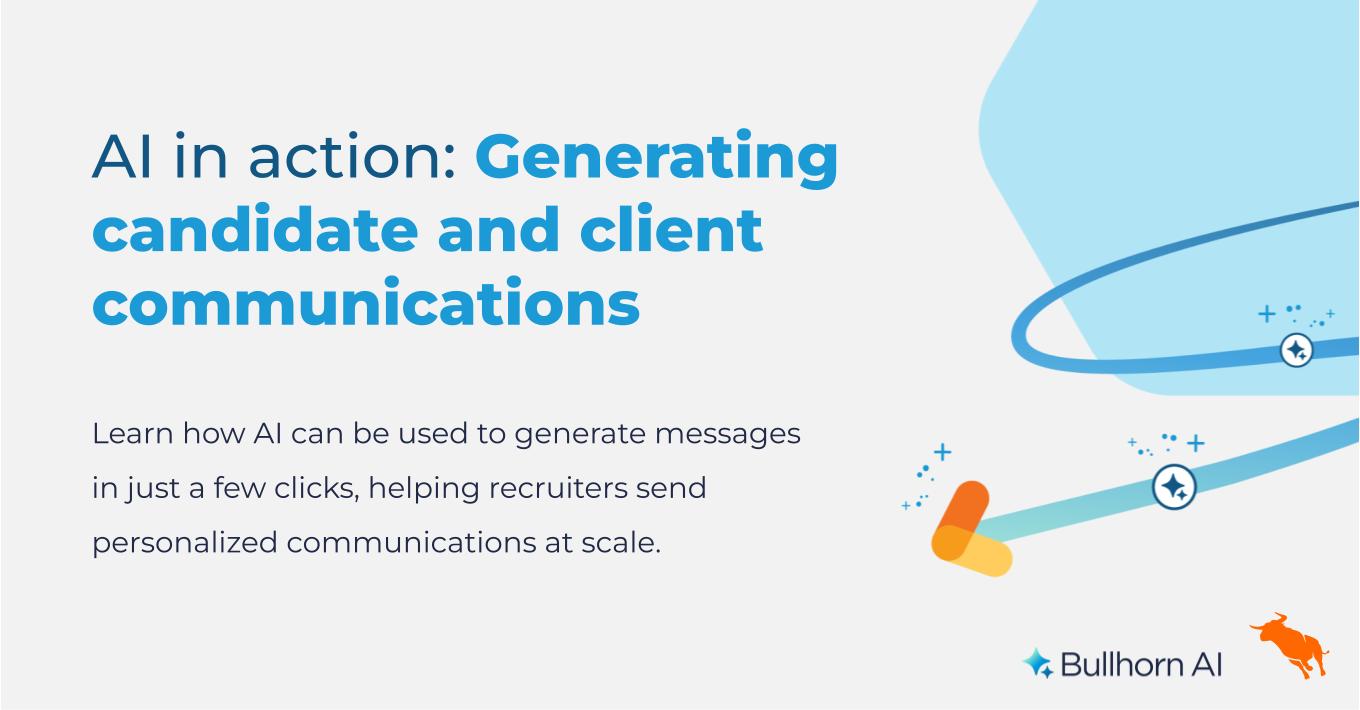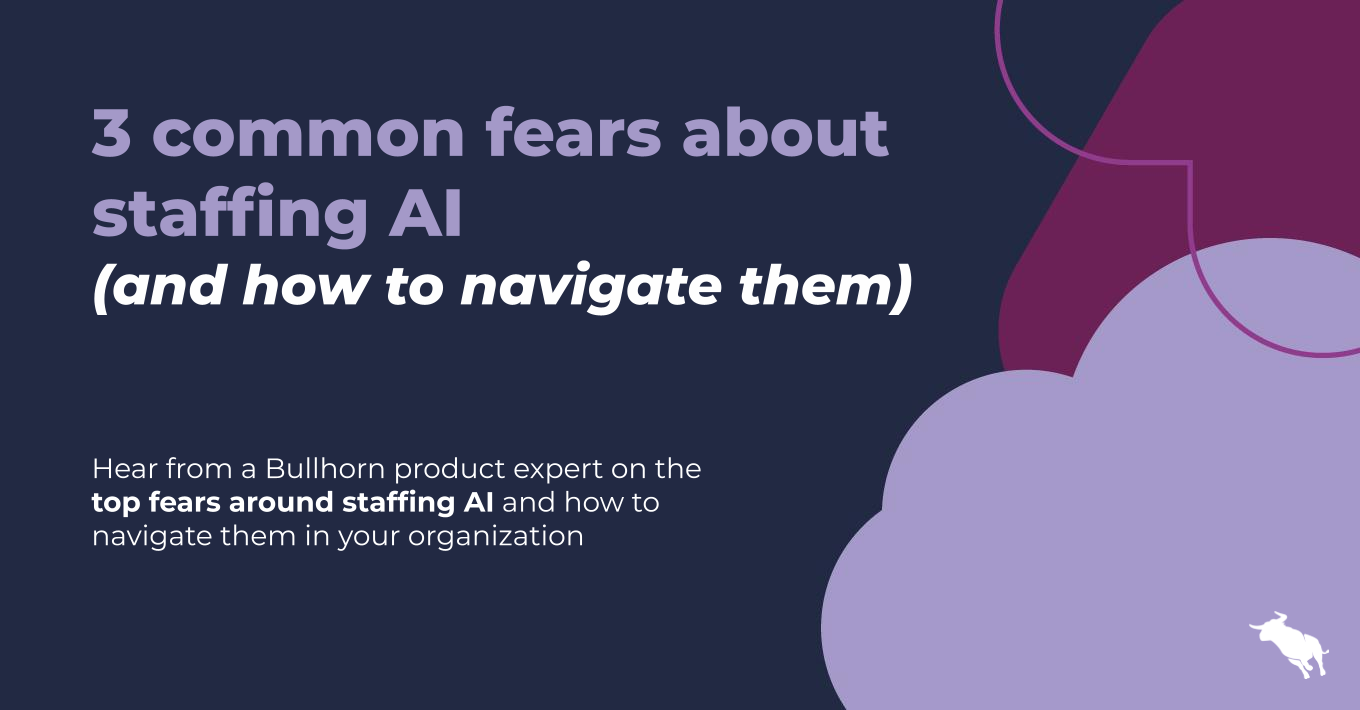Great Recruitment Marketing Campaigns Segment for Success

Segmentation is the key to Recruitment Marketing success
This is perhaps the most important aspect of your recruitment email database. You need more than a name and an email address. You need as much information as you can get your hands on. A database bursting with information will allow you to divide your jobseekers into whatever sort of group your next campaign requires, whether that be segmented by skillset, certifications, experience, location or age. Fortunately your candidates turn over a timeline of their entire lives via their resume.
Let’s say you’re a recruiter that focuses mainly on placing creatives; graphic designers, copywriters, web designers and the like. You want to ensure each of these professionals receive job offers and industry updates that are relevant to them, rather than simply turning the email firehose on and dousing everyone at once. This is what email segmentation offers.
Who are your jobseekers? What do they bring to the table? If they’re just a monotonous sea of featureless grey faces then you’ve got some work to do to make your database as effective as it could be. 77% of email ROI comes from segmented, targeted or triggered campaigns. When changing from standard to segmented campaigns, marketers have reported a 760% increase in revenue (e.g. moving away from impersonal newsletters and generic job postings). So, while collating info on your email database may be a time-heavy exercise, it’s more than worth the effort.
So how do you go about segmenting your jobseeker list?
Firstly you need to gather important information from your jobseekers. Recruiting firms have the upper hand over a lot of industries when it comes to this type of data harvesting. Job applicants almost expect to throw down their life story when they apply for a position. But sometimes you’ll want the info of a candidate who hasn’t got the need to offer up an online resume. For those people you’ll need to put some serious thought into the segments that you may want to target, and then go about collecting the information using these quick tips:
- Sign-up forms: The simplest way is to ask a minimum amount of information from anyone signing up to be on your email list
- LinkedIn: In the recruitment world LinkedIn is a goldmine of information. Search for your jobseekers to gain insight into their work history and certifications
- Personal Message: For the jobseekers already in your database, why not simply ask for more info? You can either email them or contact them on LinkedIn
- Send out a Survey: If you want to be a little less blatant, send your jobseekers a survey to fill out, with an incentive on offer for those who complete it
Segment your candidate marketing email campaign
Once you’ve formed an email database with a healthy amount of information on each jobseeker, you’re ready to start segmenting your email campaigns. All good email programs offer tools and utilities that allow for segmentation. Some common examples of recruitment segmentation include:
- Segmenting by whether a candidate is passively or actively looking for a position (which will affect the frequency of emails)
- Segmenting by field of expertise
- Segmenting by level of expertise (e.g. entry level, middle management or senior executive)
- Segmenting by those looking for full time, part-time, permanent or casual positions
- Segmenting by location (e.g. jobs within a 20 mile radius)
It’s stunning how much segmentation can improve the receptiveness of your email database. Incredibly, personalized email messages can enjoy an engagement rate of up to 73%. That’s higher than the engagement rate that many people have for emails from their own moms. She means well.
So, you’re aware of what recruitment email marketing can do for your recruiting firm, you’ve formed a solid strategy to deliver email to your jobseekers, and you’ve structured your email database in a way that allows you to hyper-target specific jobseekers, driving up your email marketing efficiency.








